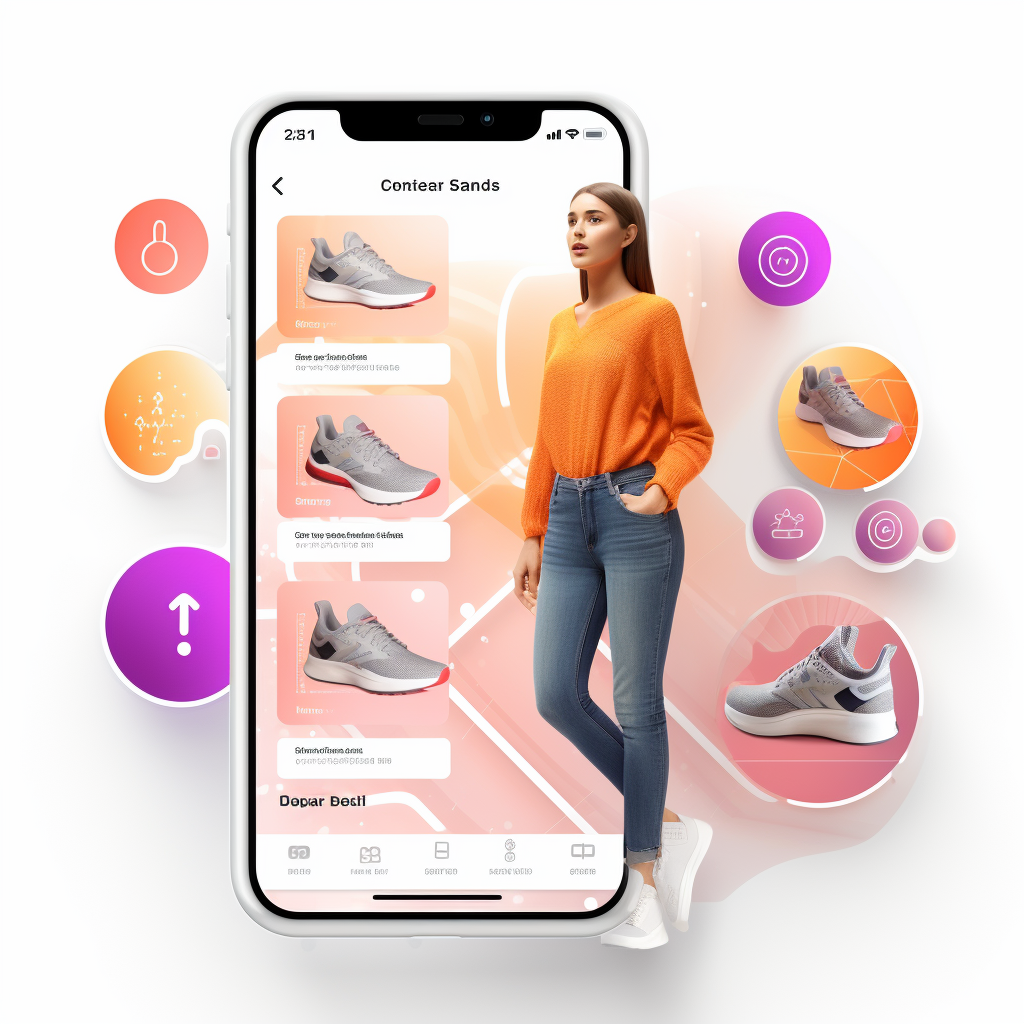Ten Key Use Cases of Effective Product Categorization in eCommerce
Highly accurate product categorization service like ours plays an essential role in managing an e-commerce business.
When you categorize your products effectively, you enhance the shopping experience for your customers, making it easier for them to find what they need. Below are ten primary use cases for product categorization, each demonstrating how this technique can power retail success.
1. Improved Search Experience
One of the primary applications of product categorization is to improve the search experience for customers. With well-organized categories, shoppers can easily navigate through your product range, finding what they need quickly and effortlessly. Without product categorization, customers may get frustrated, leading to lower conversion rates and reduced customer satisfaction.
2. Personalized Recommendations
Product categorization enables advanced algorithms to generate personalized product recommendations. By understanding which categories a customer frequently shops in, you can provide personalized suggestions that are more likely to result in a purchase. This tactic can significantly boost your average order value and increase customer loyalty.
3. Enhanced SEO Performance
Product categorization also helps improve SEO performance. By using appropriate keywords in your product categories, you can improve your visibility on search engines, driving more organic traffic to your online store.
4. Simplified Inventory Management
For businesses, product categorization can simplify inventory management. By grouping similar products together, retailers can gain a clearer view of their stock levels and better manage supply and demand.
5. Easier Comparative Shopping
Categorizing products allows customers to engage in comparative shopping easily. When similar products are grouped together, customers can compare features, prices, and reviews side-by-side, helping them make informed purchase decisions.
6. Targeted Marketing Campaigns
Product categorization allows for more targeted marketing campaigns. By understanding the categories that a customer is interested in, marketers can tailor their campaigns to promote specific products, leading to increased conversion rates.
7. Streamlined Product Discovery
Product categories allow new customers to discover your products more easily. By providing clear and intuitive categories, customers who are unfamiliar with your brand can navigate your product range and discover products that suit their needs.
8. Efficient Customer Service
Product categorization can improve the efficiency of customer service. When a customer has a question or issue, customer service representatives can quickly understand the context of the problem based on the product category, leading to quicker resolution times.
9. Data Analysis and Reporting
Product categories can also improve data analysis and reporting. By examining sales data at the category level, businesses can gain insights into purchasing trends and customer preferences, informing their product development and marketing strategies.
10. Establishing an Organized Brand Image
Lastly, an organized product categorization displays a professional image of the brand. When customers see that your products are well-categorized, they perceive your brand as trustworthy and reliable.
In conclusion, product categorization is a critical aspect of retail success, both online and offline. It enhances the shopping experience, streamlines business operations, and facilitates targeted marketing. As competition in the retail sector intensifies, effective product categorization can provide a significant edge, helping businesses to attract and retain customers in an increasingly crowded marketplace.
1. Improved Search Experience
One of the primary applications of product categorization is to improve the search experience for customers. With well-organized categories, shoppers can easily navigate through your product range, finding what they need quickly and effortlessly. Without product categorization, customers may get frustrated, leading to lower conversion rates and reduced customer satisfaction. 2. Personalized Recommendations
Product categorization enables advanced algorithms to generate personalized product recommendations. By understanding which categories a customer frequently shops in, you can provide personalized suggestions that are more likely to result in a purchase. This tactic can significantly boost your average order value and increase customer loyalty. 3. Enhanced SEO Performance
Product categorization also helps improve SEO performance. By using appropriate keywords in your product categories, you can improve your visibility on search engines, driving more organic traffic to your online store. 4. Simplified Inventory Management
For businesses, product categorization can simplify inventory management. By grouping similar products together, retailers can gain a clearer view of their stock levels and better manage supply and demand. 5. Easier Comparative Shopping
Categorizing products allows customers to engage in comparative shopping easily. When similar products are grouped together, customers can compare features, prices, and reviews side-by-side, helping them make informed purchase decisions. 6. Targeted Marketing Campaigns
Product categorization allows for more targeted marketing campaigns. By understanding the categories that a customer is interested in, marketers can tailor their campaigns to promote specific products, leading to increased conversion rates. 7. Streamlined Product Discovery
Product categories allow new customers to discover your products more easily. By providing clear and intuitive categories, customers who are unfamiliar with your brand can navigate your product range and discover products that suit their needs. 8. Efficient Customer Service
Product categorization can improve the efficiency of customer service. When a customer has a question or issue, customer service representatives can quickly understand the context of the problem based on the product category, leading to quicker resolution times. 9. Data Analysis and Reporting
Product categories can also improve data analysis and reporting. By examining sales data at the category level, businesses can gain insights into purchasing trends and customer preferences, informing their product development and marketing strategies. 10. Establishing an Organized Brand Image
Lastly, an organized product categorization displays a professional image of the brand. When customers see that your products are well-categorized, they perceive your brand as trustworthy and reliable.In conclusion, product categorization is a critical aspect of retail success, both online and offline. It enhances the shopping experience, streamlines business operations, and facilitates targeted marketing. As competition in the retail sector intensifies, effective product categorization can provide a significant edge, helping businesses to attract and retain customers in an increasingly crowded marketplace.





